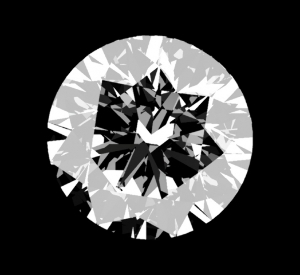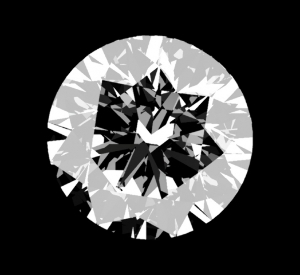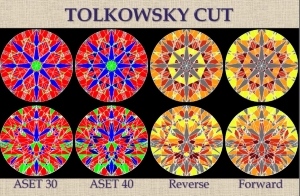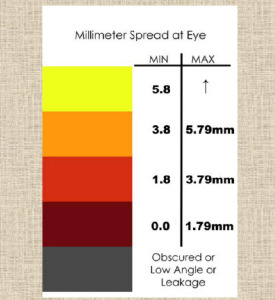- Joined
- Aug 14, 2009
- Messages
- 27,488
CCL -
well - the quest for utterly, identically, absolutely perfect hearts is rather a futile one, no? Add the uncertainty that comes with the photography of those hearts through the viewer..
http://www.jamesallen.com/diamonds/E-VS ... 193966.asp
well - the quest for utterly, identically, absolutely perfect hearts is rather a futile one, no? Add the uncertainty that comes with the photography of those hearts through the viewer..
http://www.jamesallen.com/diamonds/E-VS ... 193966.asp









300x240.png)